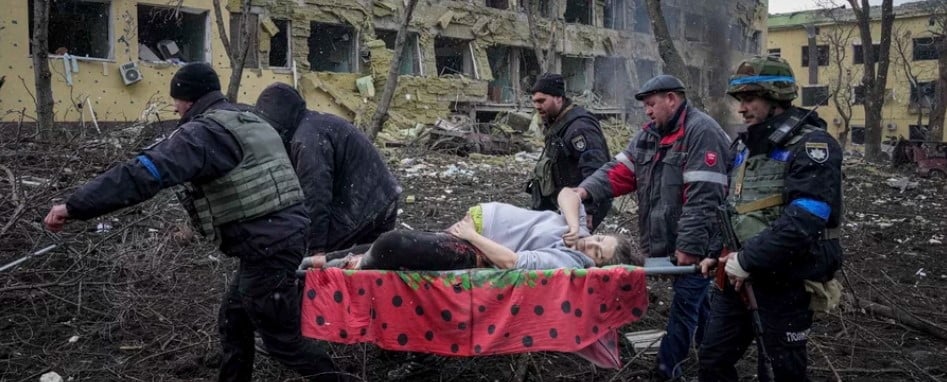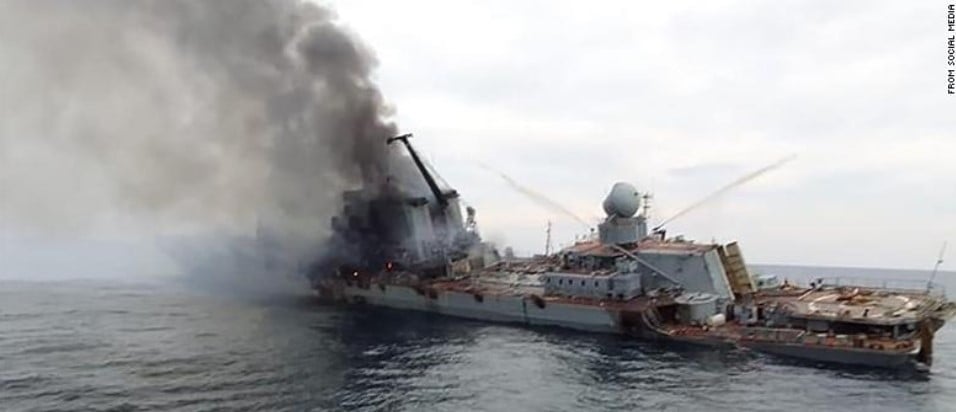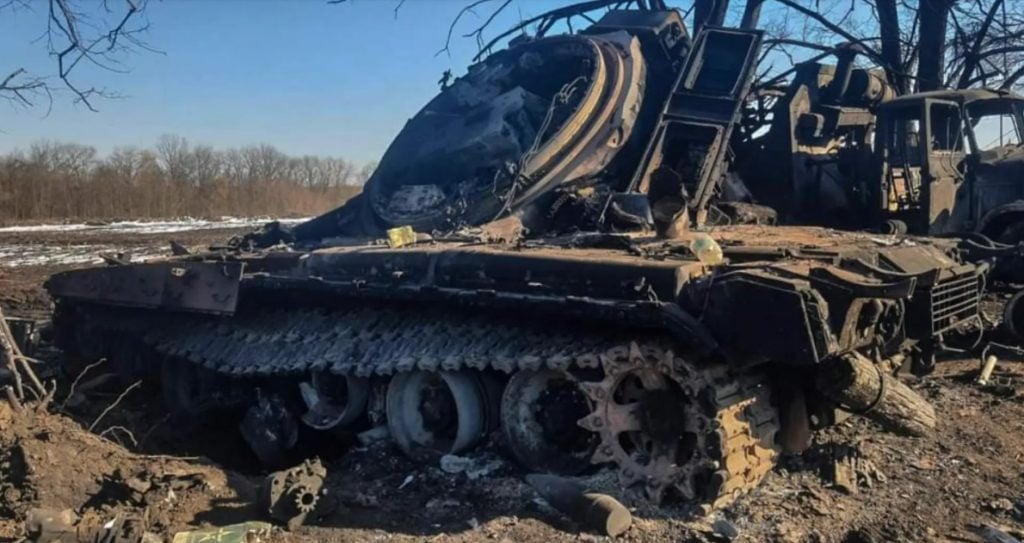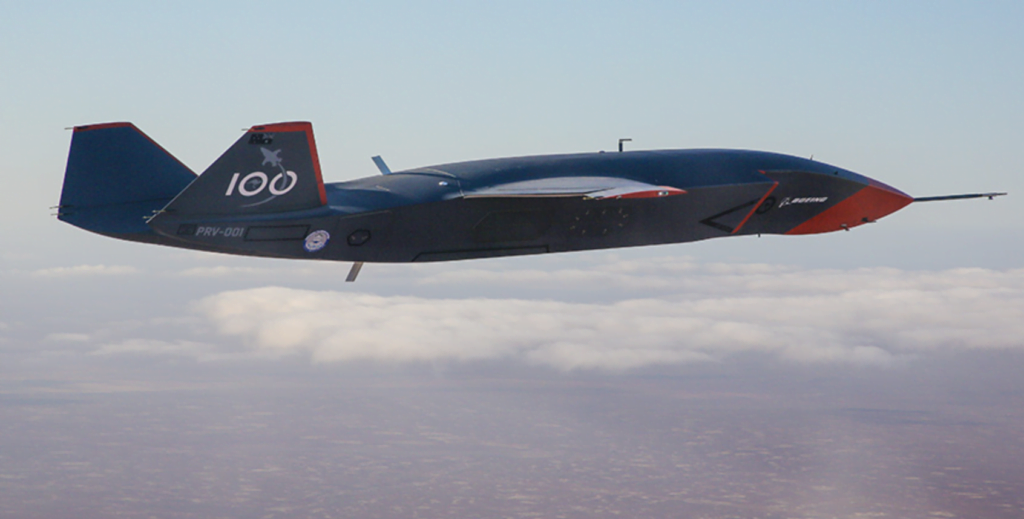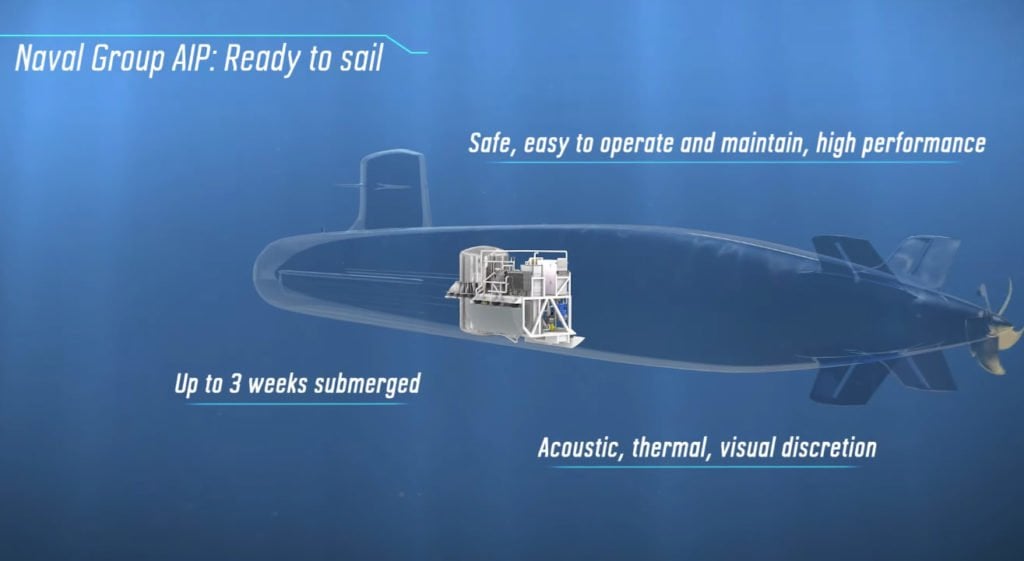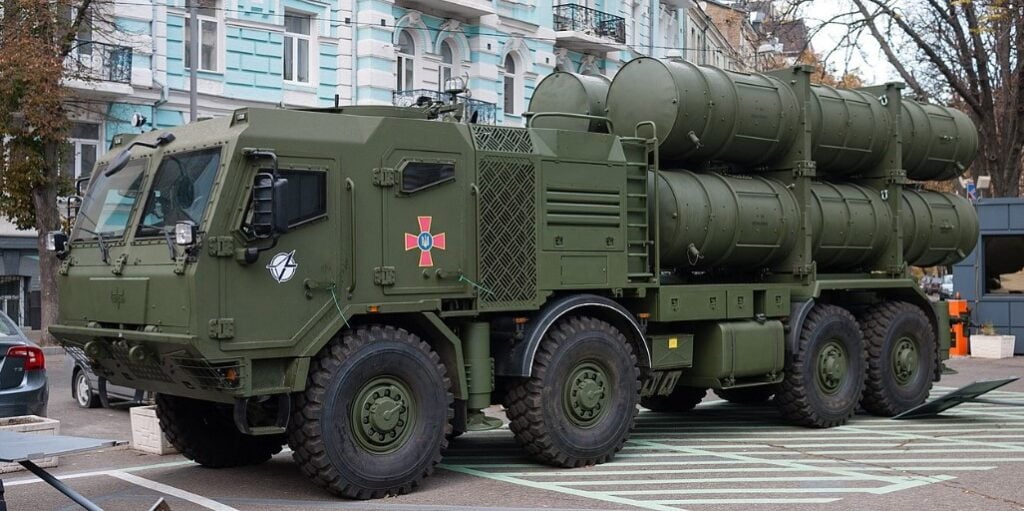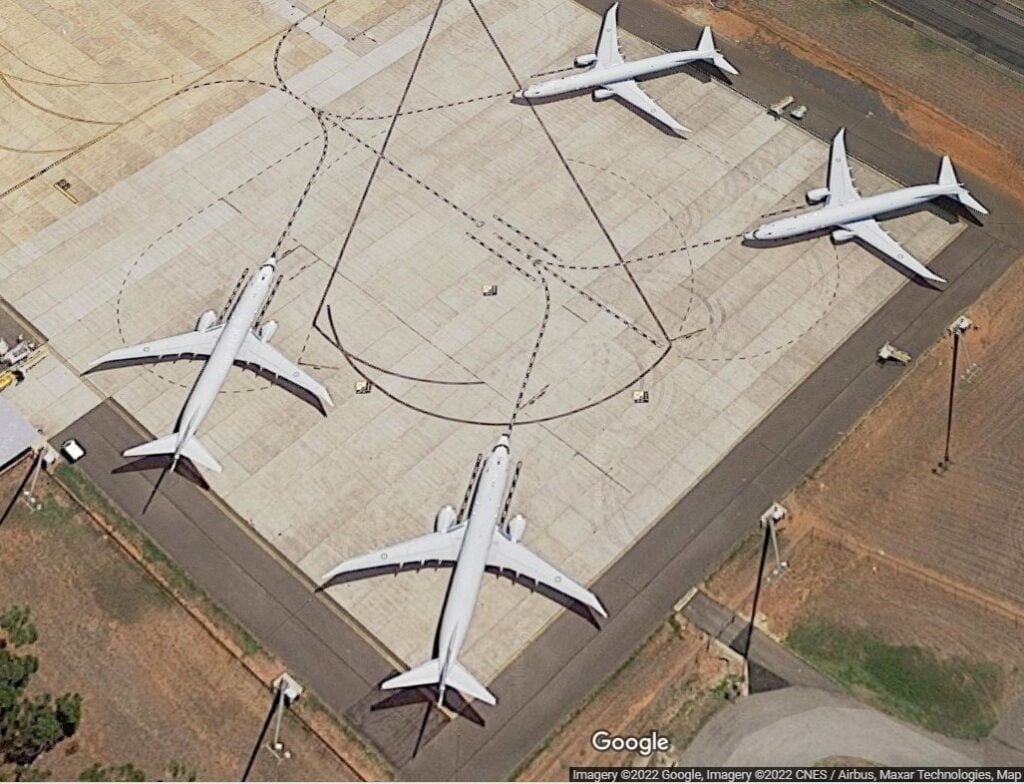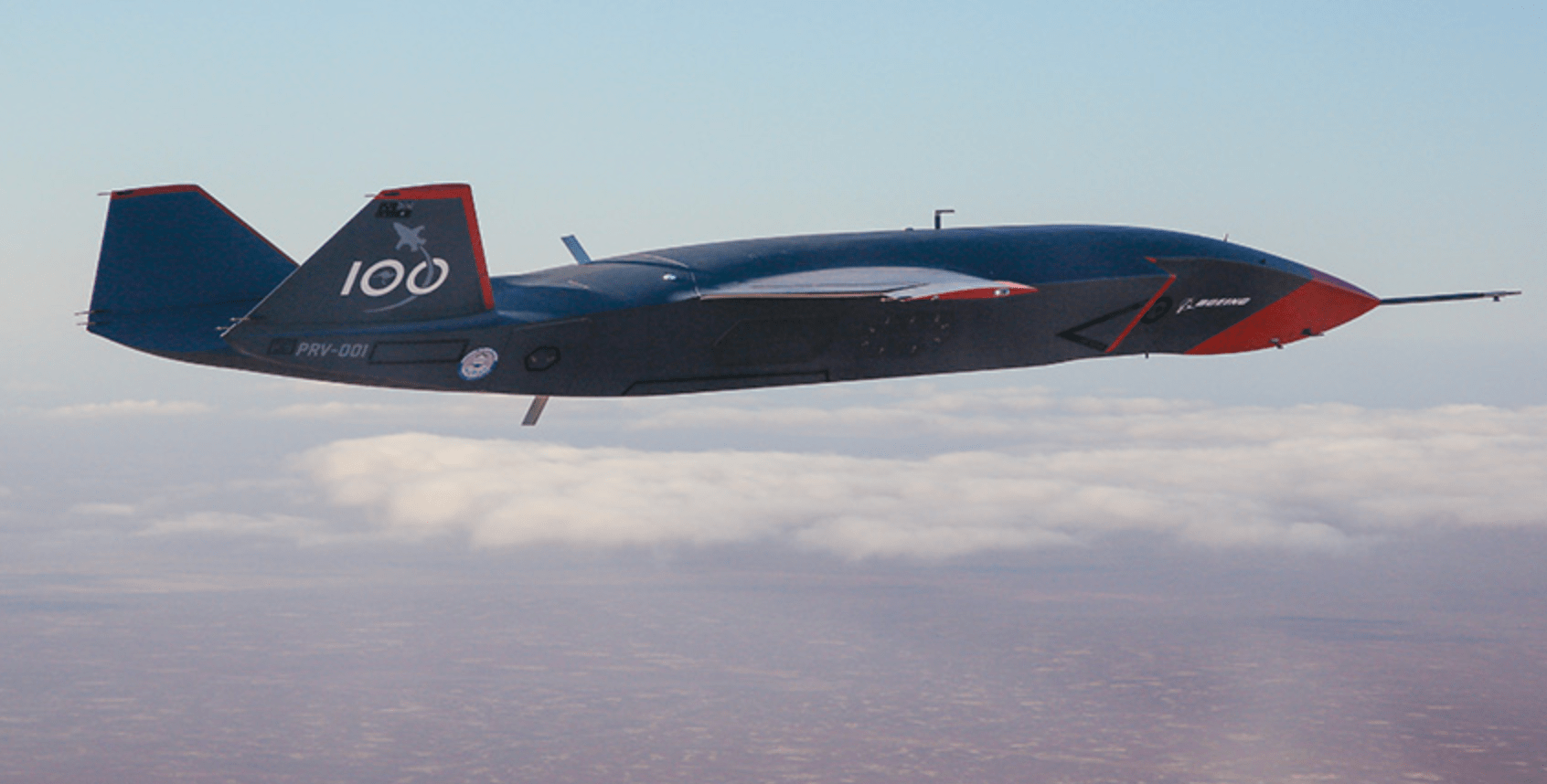
MQ-28 Ghost Bat
Australia should focus on self-defence rather than buying vulnerable assets to fight wars elsewhere.
Smaller, smarter and more effective “off the shelf” assets need be selected to defend Australia.
Our plan to defend Australia for $100 billion less
- Uncrewed aircraft such as Boeing Loyal Wingman ‘Ghost Bat’, or land based missiles instead of nine vulnerable frigates – saving $36 billion
- Twenty advanced diesel-electric submarines that can stay submerged for weeks instead of eight nuclear submarines – saving $80 billion plus
- Anti-ship missiles instead of more armoured vehicles
The government is buying vulnerable surface ships, overpriced nuclear submarines and armoured vehicles to fight wars far from our shores.
We have aggregated advice from various defence experts into an affordable, coherent and practical alternative defence plan to counter the very real threats Australia now faces.
The threat landscape
Defence assets Australia should not buy
Our self-defence plan
The ADF should focus on defending Australia with weapons platforms that have a good chance of survival in a serious conflict.
Spending many billions on large vulnerable assets should be avoided.
References
- Warship Vulnerability Carlo Kopp (AirPower Australia)
- Just buying votes by Hugh White (The Age)
- Australia’s navy is undergunned for denying long-range attackers (Malcolm Davis, ASPI)
- Surface warships: it’s not all plain sailing (Andrew Davies and Mark Thomson, ASPI)
- Latest costs for the Attack Submarines and Hunter Class Frigates (The Age, Oct 2020)
- What’s the strategy for the Australian Army’s new vehicles? (Marcus Hellyer, ASPI)
- LAND 400: Is a knight in shining armour really what we need? (Marcus Hellyer, ASPI)
- How to defend Australia: control and denial Hugh White (ASPI)
- Cheap drones versus expensive tanks: a battlefield game-changer? (Malcolm Davis, ASPI)
- Land 400 combat vehicles: another disastrously wasteful defence purchase? (Nicholas Stuart, SMH)
- Australia’s F-35s: Lessons from a problematic purchase (Peter Layton, Lowy Institute)
- Projecting power with the F-35 (part 2): going further (Marcus Hellyer, ASPI)
- Loyal wingman leads the way (Malcolm Davis, ASPI)
- Australia should do more than just wait for the Attack-class submarines to arrive (ASPI)
- Sea Control with “off the shelf” AIP-equipped submarines near Australia. (Stephen Kuper, Defence Connect)
- Naval Group Achieves Breakthrough With Its FC2G AIP System (Xavier Vavasseur, Naval News)
- Time to start thinking about land-based anti-ship missiles (Jan K. Gleiman and Harry White, ASPI)
- Shore-based anti-ship missiles: when the land commands the sea (Alex Calvo, ASPI)
- Running on empty – Australia has three weeks of liquid fuel. NZ has 3 months. (David Samuel, The Spectator)
- Hypersonic weapons are coming—whether we’re ready or not (Andrew Davies, ASPI)
- Hypersonic anti-ship missiles – incoming? (Andrew Davies, ASPI)
- “Mind-boggling” waste revealed in the record rise in weapons spending (Brian Toohey, November 2020)
- Australia to build its own missiles with $1bn guided weapons facility (David Crowe, The Age, Mar 2021)
- Today’s F-35As Not Worth Including In High-End War Games (Joseph Trevithick, The War Zone, April 2021)
- Defence’s acquisition plan risks leaving ADF with stranded assets (Marcus Hellyer, ASPI, May 2021)
- Why large, expensive crewed platforms like frigates and armoured vehicles will become stranded assets (Marcus Hellyer, ASPI, May 2021)
- Australia wasting $2.1 billion on unsurvivable propeller-driven drones (Bradley Perrett, ASPI, May 2021)
- Australia considers German Type 214 submarine option (ABC News, May 2021. See also this post. )
- Australia’s new tanks are overkill and overweight (Declan Sullivan, ASPI, June 2021)
- Why is Australia still investing in a “balanced” defence force? (Hans J. Ohff and Jon Stanford, ASPI, July 2021)
- Managing risk in the submarine transition: the latest on the Collins life-of-type extension (Marcus Hellyer, ASPI, July 2021)
- The Case For Stripping The P-8 Poseidon Down Into An Multi-Role Arsenal Aircraft (Tyler Rogoway, The Drive, July 2021)
- America’s recent military history points to strategic shortcomings – Australia ultimately can rely only on itself. (Peter Hartcher, The Age, July 2021)
- America’s withdrawal of choice – and the likely consequences (Richard N. Haas, ASPI, August 2021)
- As the Taliban controls Afghanistan, ‘the idea you can win’ is reverberating around terrorist cells (Emily Clark, ABC, August 2021)
- Easy Lies & Influence in the $90b submarine boondoggle (Fiona McLeod, August 2021)
- The big lesson from Afghanistan – time not our friend, things change quickly. (Michael Shoebridge, ASPI, September 2021)
- Benefits of small, quiet conventional subs over nuclear (ASPI, Hans J. Ohff, July 2017)
- The Feasibility of Ending Highly Enriched Uranium (HEU) Fuel Use in the U.S. Navy (Arms Control Organisation, November 2016)
- How to buy a submarine (2021 edition) (Andrew Davies, ASPI, September 2021)
- Australia’s nuclear submarine decision leaves more questions than answers (Marcus Hellyer, ASPI, September 2021)
- Will all submarines, even nuclear ones, be obsolete and ‘visible’ by 2040? (Guardian, October 2021)
- Decades before nuclear submarines in the water (ABC, October 2021)
- Sea mines: the asymmetrical weapon Australia must have (Greg Mapson, ASPI, October 2021)
- RAN likely to copy the Astute Class for Australia’s SSN (The Age, Oct 2021)
- Suggestion to build more of existing Hobart Class warships instead of the new Hunter Class (Marcus Hellyer, ASPI, Nov 2021)
- Loyal wingmen could be the last aircraft standing in a future conflict (Bradley Perrett, ASPI, Nov 2021)
- RAAF should be planning the next loyal wingman (Malcolm Davis, ASPI, Dec 2021)
- Coordinated seizure of Taiwan and Ukraine could happen soon (Peter Hartcher, The Age, Dec 2021)
- Dumping the ADF’s MRH-90 helicopters is the right call, but why now? (Marcus Hellyer, ASPI, Dec 2021)
- Australia needs new early warning capability to counter threat from new missiles (Malcolm Davies, ASPI, Dec 2021)
- Implementing Australia’s nuclear submarine program (Andrew Nicholls, Jackson Dowie & Marcus Hellyer, ASPI, Dec 2021)
- Australia needs to prepare for the collapse of American democracy (Dr Emma Shortis, The Age, Jan 2022)
- Australia commits to $3.5 billion tank purchase from the US (The Age, Jan 2022)
- That sinking feeling: the future of surface combatants (Andrew Davies, ASPI, Jan 2022)
- Hunter-class frigate report indicates Australian naval shipbuilding in disarray (Marcus Hellyer, ASPI, Feb 2022)
- A new low for global democracy (The Economist, Feb 2022)
- Navy ‘Pathetically undergunned’ (The Age, Feb 2021)
- Australia needs a radical expansion of its land-based strike capabilities (Peter J Dean, ASPI, Feb 2022)
- Australian Spike missiles could have helped Ukraine, but they’re not even being built yet (Marcus Hellyer, Mar 2022)
- StrikeMaster missile system for the ADF? A Bushmaster variant with a big bite (Brendan Nicholson, Feb 2022)
- Now is not the time to buy lots of heavy armoured vehicles (Michael Shoebridge, Mar 2022)
- Air Force’s SkyGuardian or Reaper lethal drones cancelled (Canberra Times, Apr 2022)
- Australia’s navy not equipped to meet the threat from PLA anti-ship cruise missiles (Sam Goldsmith, Apr 2022)
- Aukus pact extended to development of hypersonic weapons (Guardian, Apr 2022)
- Making sense of Australia’s salvo of missile announcements (Marcus Hellyer, Apr 2022),
- Hunter-class frigates won’t meet the RAN’s needs (Paul Greenfield and Jon Stanford, ASPI, Apr 2022)
- Surface ships and armoured vehicles are on borrowed time (Andrew Davies, Apr 2022)
- Peter Dutton says Australia should be prepared for war – but are we? (Daniel Hurst, Apr 2022)
- Anduril bets it can build 3 large autonomous subs for Aussies in 3 years (Australian Defence, May 2022)
- The cost of Defence ASPI defence budget brief 2022–2023 (ASPI, Marcus Hellyer & Ben Stephens, June 2022)
- The cost of Australia’s defence: hard choices for the new government (Summary of above. Marcus Hellyer, June 2022)

